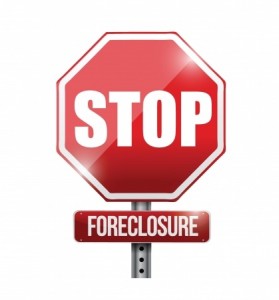 I hope that you find this information helpful. We’ve provide the steps associated with the California Trustee’s Sale (Foreclosure) below. You can also download a chart of the process by clicking this link (PDF): California Trustee’s Sale (Foreclosure)
I hope that you find this information helpful. We’ve provide the steps associated with the California Trustee’s Sale (Foreclosure) below. You can also download a chart of the process by clicking this link (PDF): California Trustee’s Sale (Foreclosure)
CALIFORNIA TRUSTEE’S SALE (FORECLOSURE)
Steps
Borrower Defaults
The Borrower (Trustor) has not made good on the loan. The lender (beneficiary) begins foreclosure by requesting the Trustee to file a Notice of Default
California Civil Code CC2924c.(a)(1)
|
Trustee Records Notice of Default
|
Copy of Notice Of Default must be sent to Borrower (Trustor) by registered or certified mail within 10 days of filing
|
Reinstatement Period Starts and Runs Until Five Business Days Prior to Sale
|
The reinstatement period runs until 5 days before the date of sale. The Borrower (Trustor) may reinstate the loan (bring loan current and stop foreclosure ) by paying
all delinquent installments, foreclosure costs and Trustee’s fees.
|
Trustee Records and Publishes Notice of Sale
|
Borrower (Trustor) fails to reinstate the loan and Notice Of Sale is filed and is published in a newspaper at least once per week for 20 days. Notice Of Sale must also
be posted in a public place and on the property.
California Civil Code 2924 c.(b)(1)|, 2924 f. (b)(1)
|
Trustee Sale is Held
|
Any person may bid on the property via public auction. All bids must be in cash or its equivalent.
|
Successful Bidder Receives Trustee’s Deed
|
A Trustee’s Deed is issued to the highest bidder (Purchaser). The Purchaser acquires all rights held by the former Borrower (Trustor) / (Owner).
California Civil Code 2924 h. (c)
There is no Right Of Redemption after a Trustee’s Sale
Above information adapted from “California Real Estate Principles” third edition
